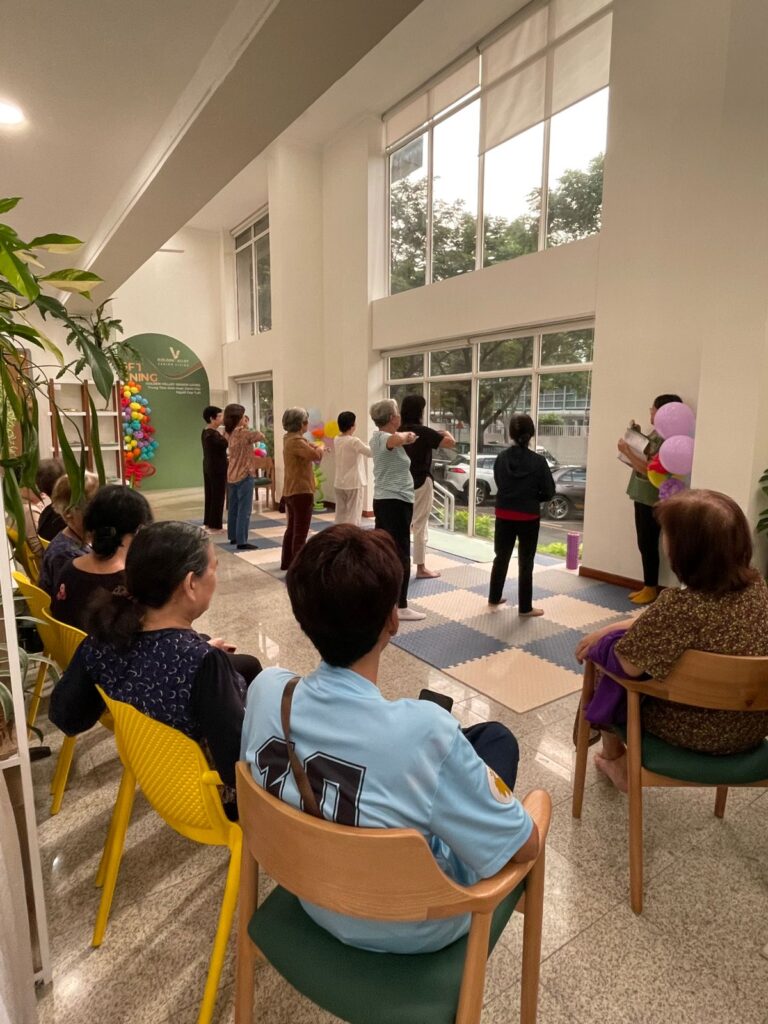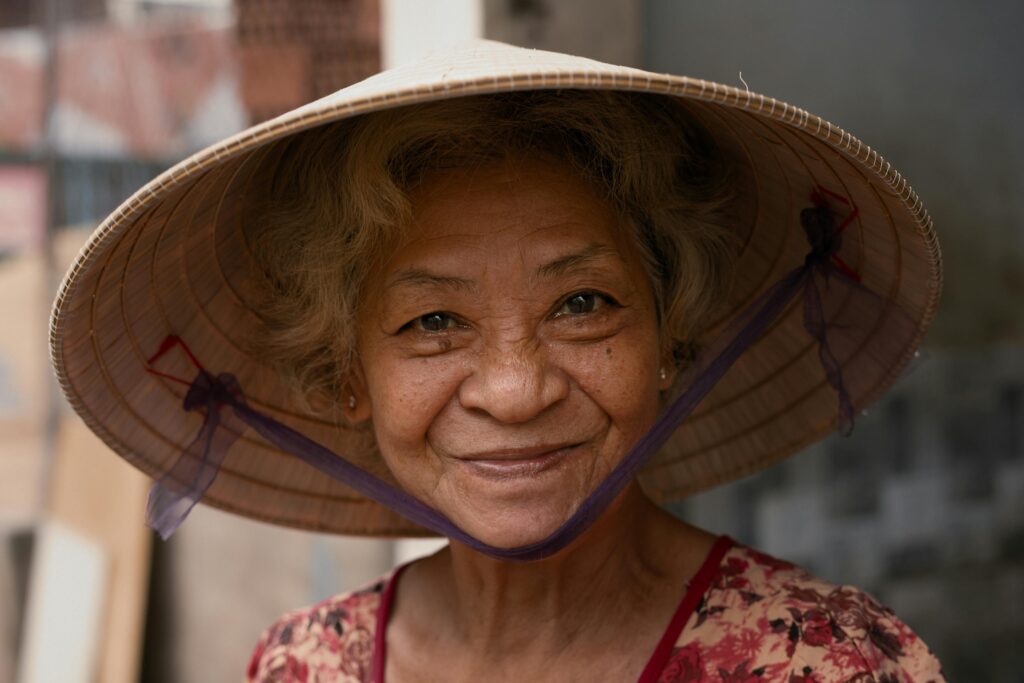Aging too fast…
Vietnam is aging rapidly. By 2036, one in five Vietnamese citizens will be aged 65 or older, transitioning the country into an “aged society” faster than most of its regional peers. This means the country will have roughly 15.5 million seniors in less than one decade, 6 million + of which will require daily care.
Despite this shift, the development of senior care services is lagging behind. Senior care in Vietnam is severly lacking in quantity. As of 2025, Vietnam has less than 100 facilities for senior care, accounting for both private and government owned establishments. In total, these facilities can support less than 25,000 seniors.
Senior care in Vietnam is also lacking in quality, with the majority of existing senior care homes in Vietnam designed for the severely ill—particularly those who are bedridden or suffer from dementia. It’s a common sight in Vietnamese senior care facilities where as many as 8 seniors are crammed into a single room.

Huge investment opportunity
On the flip side, this supply and demand gap in senior care in Vietnam provides a big opportunities for investments into building and developing senior care services in the country. Since 2021, Vietnam has seen promising innovation from the private sector. A new daycare model is gaining traction—offering daily care, companionship, and medical supervision while allowing seniors to return to their families in the evening. Notable early adopters include Golden Valley Senior Living, Genki, and Nhan Ai Daycare. These facilities bring care expertise from Japan, USA, Australia, etc., and have had a positive impact on the standard of care for senior care facilities in the country.
Still, these private solutions remain limited in reach. Government facilities are few, and there’s a lack of public funding or grants to help private centers scale up. This is especially problematic given that most Vietnamese seniors receive less than 4 million VND (approx. $160 USD) per month in pensions—far below what’s needed for quality care.
For Vietnam to truly address its aging challenge, more inclusive policy support is needed. This includes:
Expanding public senior care facilities
Introducing subsidies or grants for private providers
Promoting community-based and home-care services
Possible governemnt actions to support senior care services are covered by us here.
With both demographics and demand shifting rapidly, the time for coordinated action is now—so aging in Vietnam can be not just about living longer, but living better.


